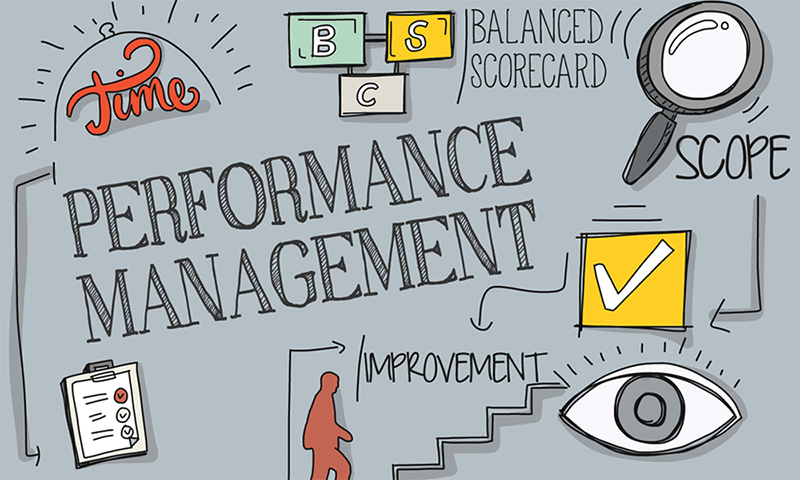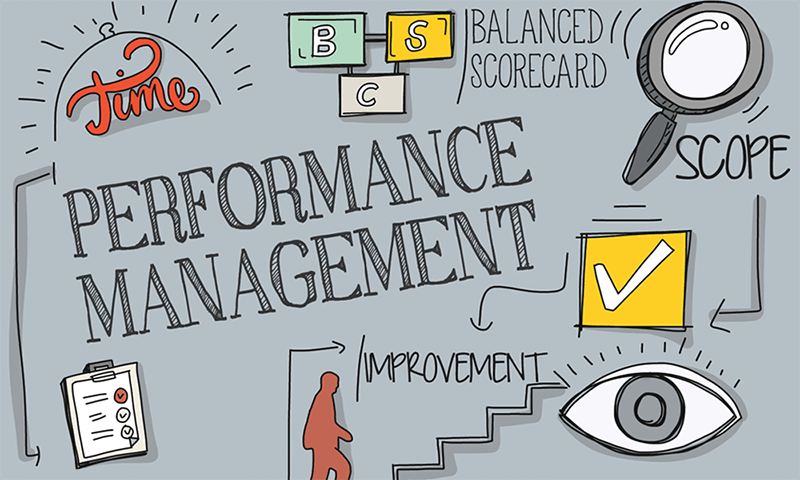Anyone in business today knows the importance of a high-performing employee. They can help you get the job done, bring in more sales, help others in the office, and can even brighten your working day. These types of employees are golden tickets in the business world, and should be treasured accordingly.
But this post isn’t about the type of employee who makes your workplace heaven on earth. This post is about the other kind of employee – the kind that needs your help through some insightful performance management. Keen to learn the ropes? Scroll on down.
Poorly performing employees present an array of difficulties which can diminish your productivity if you don’t effectively manage poor-performing employees. There’s an ever-growing number of issues that could follow your business for years to come. For employees who are underperforming, there can be a reduction in, or loss of, team morale – as well as a lower standard of teamwork or a reduction in productivity. And of course, there can also be the costly issue of termination, hiring replacements, the loss of revenue, adverse publicity or exposure to liability.
So, how can you performance-manage your way to happy employees and healthy revenue? It can be as easy as A, B, C.
A – Analyse
Analysing the performance of your employees is something that should come naturally in your day-to-day interactions. What are you noticing through the day? Perhaps you asked the employee at hand to complete a task and it’s never done, or you do receive a piece of work back but the quality is substandard.
As these red flags arise, it’s important to document them. Create a secure, password-protected word file to track any alarming projects your employee has returned to you, or any conversations you feel are evidence of a need for improvement.
If and when you notice things are a little off with an employee, they should be advised of their substandard performance immediately. This is a very important part of the process, because often an employee will say, ‘But hang on a minute, I’ve worked here for five years and my work performance has never been questioned – why now?’. Having these records on file will help you remember and support your performance management plan moving forward.
B – Be firm with warnings
If the performance issues that have arisen in your analysis stage are considered to be more serious in nature, you will need to issue a warning – both to protect yourself with documentation of the issue at hand, but more importantly to give your employee the chance to redeem themselves (and realise just how serious the issue is).
The requirement to give three warnings prior to termination no longer exists, but you do need to act fairly. It’s recommended that all warnings are documented, whether the actual warning is written or verbal. If you have a performance warning policy in place, then you must follow this policy – if you don’t, the process will be deemed to be unfair.
There is no limit to the number of warnings that must be given, only that the process is fair. Obviously the more warnings, the lower the likelihood that an unconsidered process took place. It is imperative that, prior to the final warning and termination meeting, the employee is in no doubt of the seriousness of their situation and that termination could be a potential outcome.
Once the employee you’re concerned about is aware of the issue, they must have the opportunity to explain why their performance is lower than expected.
C – Conduct a performance meeting
A performance meeting is a formal environment where you can approach the issues raised in ‘A’ and ‘B’ in a safe, private and documented environment.
The location of your performance meetings is incredibly important. The space must be quiet and private. Ideally, you should make sure that you have tissues discreetly available, as these meetings can be emotional.
Once you have decided on a location, book the meeting with the individual stating it is to discuss their performance and they are welcome to bring a support person along with them if they like. If they do not want to bring someone, note this for the record.
At the beginning of the meeting, explain the purpose of your catch up, and then walk through each of the performance issues, giving the employee a chance to respond. Where appropriate, and possible, provide evidence of the current performance level. For example, breakages, sales figures or number of calls taken.
Ask the employee whether they can think of anything that would assist them to improve their performance. Consider all requests and then confirm what is possible and reasonable. Suggest other options to assist with the improvement if appropriate. It is also important to explain the required level of performance and confirm timeframes for the required level to be reached.
Once you reach the end of this meeting, be sure to ask the employee if they have anything else to add, and summarise the outcomes of the meeting and the next steps.
Then what?
After your A, B and C steps are complete, it is up to the employee to work on the points you have brought to light, and you – the employer – to check in and ensure that any questions or concerns the employee has are taken care of.
This process can be a ‘rinse and repeat’ one if needed, to ensure your employee improves, and you get the desired outcome.
So there you have it – A, B and C – a simple formula for performance management to help you get the most from your employees (and avoid the search for new ones). The effort to keep an employee happy and loyal is much more rewarding than starting afresh with someone who may need even more attention in the long run.
Natasha Hawker owns Employee Matters Pty Ltd an HR Consultancy that assists small to medium businesses with their HR functions to make them more efficient and profitable. Their offering includes HR Management, Recruitment, Training, Coaching, and Exit Management – find them at www.employeematters.com.au


